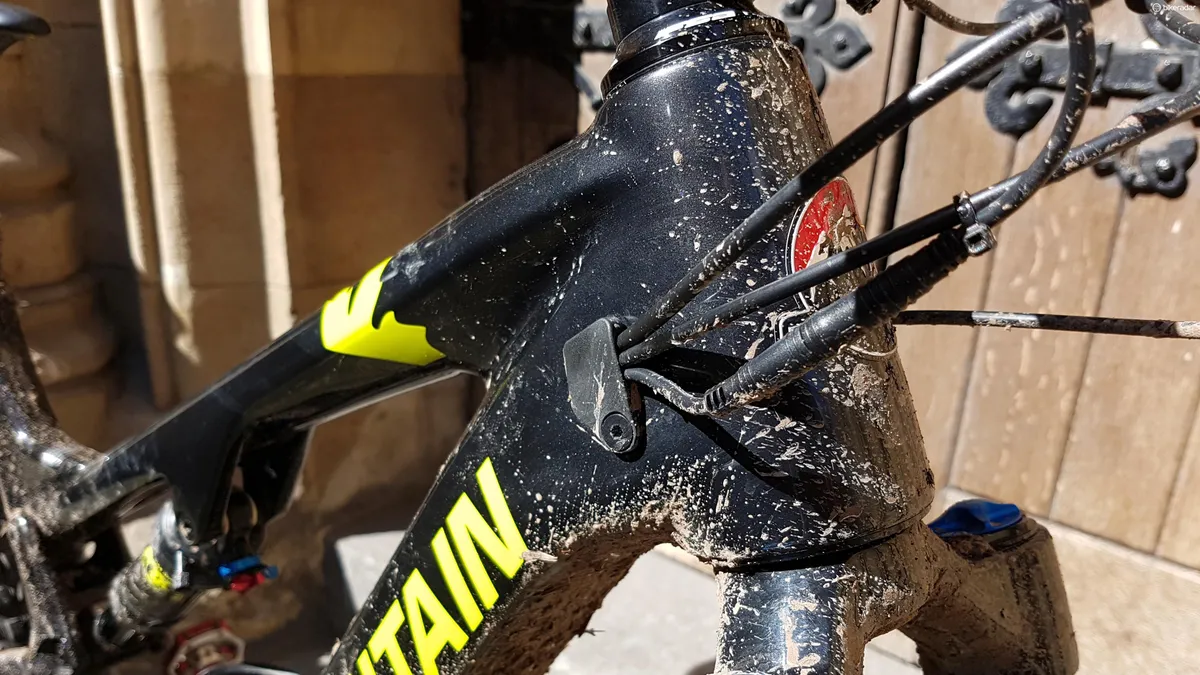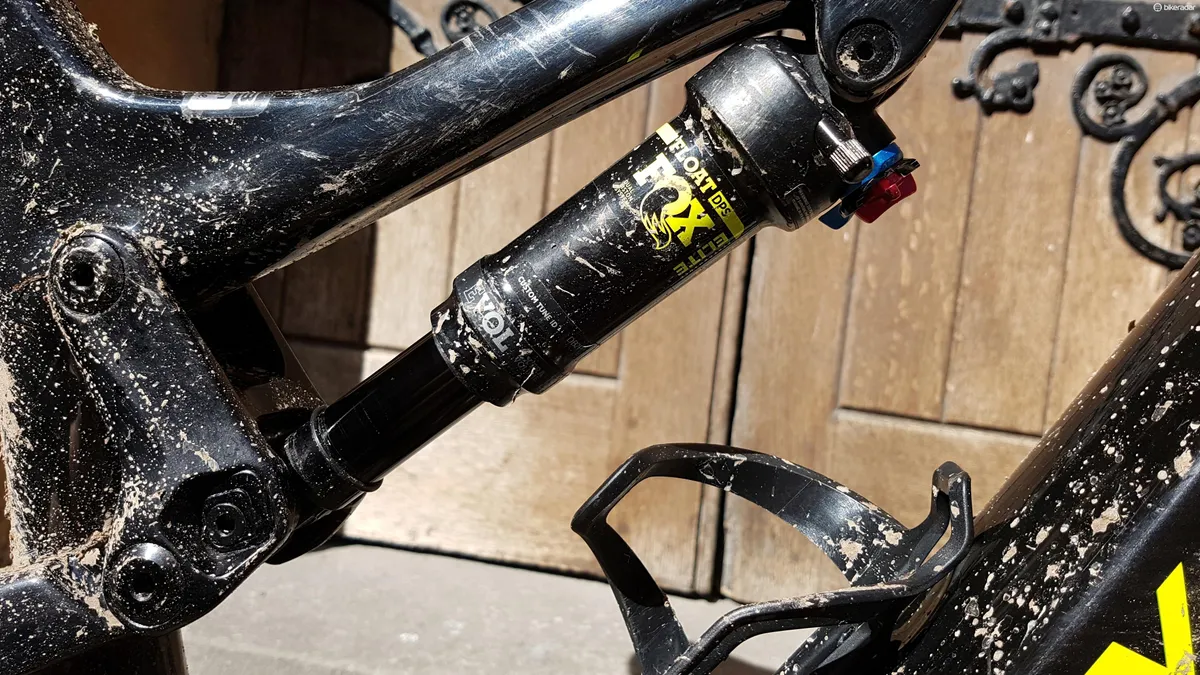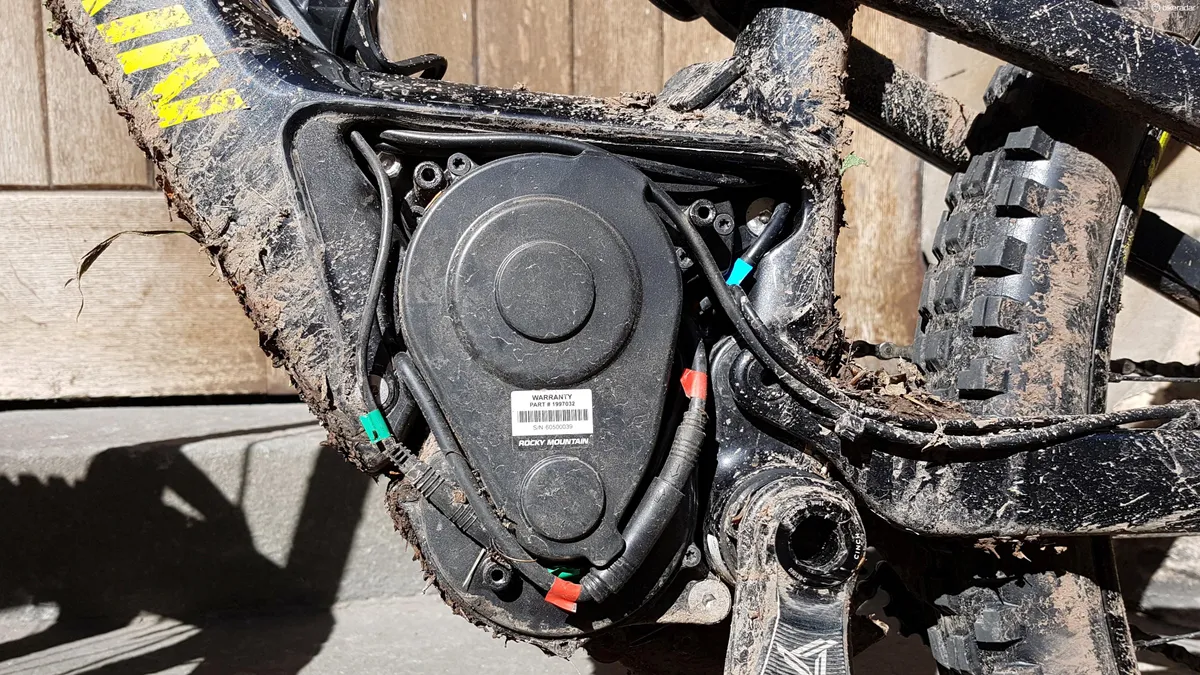Rocky Mountain has a new e-bike on the market, and it stands out. Eschewing many of the issues other manufactures have battled with, thanks to the use of its own motor, the Altitude Powerplay Carbon range could include some of the best e-bikes out there today.
While the industry clamours to get the latest e-bike to market, mistakes are being made. The rush to release an e-bike has seen many companies slapping a motor and battery in an ungainly fashion onto a pre-existing chassis, extending parts here, and shrinking them there to make the bike work as a whole.
Bosch, Shimano and Yamaha have created motors that require compromises to be made on geometry, and we're starting to hear reports of poor reliability and difficult repair jobs.
Having spent a little while riding the Altitude Powerplay, I think this could be the best e-bike I've ridden to date, and here's why.
The best e-MTB I've ridden
Geometry
As we've seen with non-motorised Mondrakers, if you get the shape of the bike right, even a poorly specced bike can be a test winner. The shape of the bike is fundamental to how it rides, and a bike that rides well is one that scores well, regardless of what's plugged in to the frame.
Rocky Mountain has taken the geometry from the regular Altitude and not changed a thing. The head angle, seat angle, reach, chainstays and pivot placement are identical on the Altitude Powerplay and Altitude. It's an e-bike that looks, and feels, like a real bike.
OK, the geometry isn't revolutionary, but it's entirely competent in modern trail terms. The head angle is 65 degrees and the seat is 74 degrees in Slack mode (and that's the mode you should be keeping it in, anyway).
Flip the geometry chip to Steep and they go to 66.1 and 75.1 degrees respectively. The Large has a reach of 452mm (464mm in Steep), while the chainstays are a staggeringly short 426mm.

How has this been achieved? Well, at the front of the bike that's obvious — the presence of a motor/battery shouldn't impact on the geometry here. While out back, the 250W Phantom Power Drive motor doesn't require room behind the bottom bracket, unlike other drive systems, so the bike is able to run short chainstays.
The motor
The Powerplay Drive is a system that Rocky Mountain has been working on for a number of years with a local Canadian partner, and the Altitude Powerplay has reportedly been in development since 2010.

As pressure is applied to the cranks, the chain pushes against a jockey wheel hidden in the motor's casing. The more power you apply through the cranks, the more the arm on which this jockey wheel is connected is displaced.
This displacement moves a magnet in relation to a sensor, which then applies the power — the amount of which is based upon the displacement. The result is a power delivery that's pretty much immediate, regardless of where in the pedal stroke you apply this pressure. The motor has three power settings, which are adjustable with the associated app, and the system is controlled by a bar-mounted unit.
While some systems on the market are pretty difficult to maintain, should things go wrong, the Rocky Mountain motor can be removed with just a few bolts, and the battery with just one.
The RaceFace Turbine cranks are fitted to a standard BB92, so that can easily be replaced when it wears out, and the idler wheel and chainring can also be swapped when they wear out.
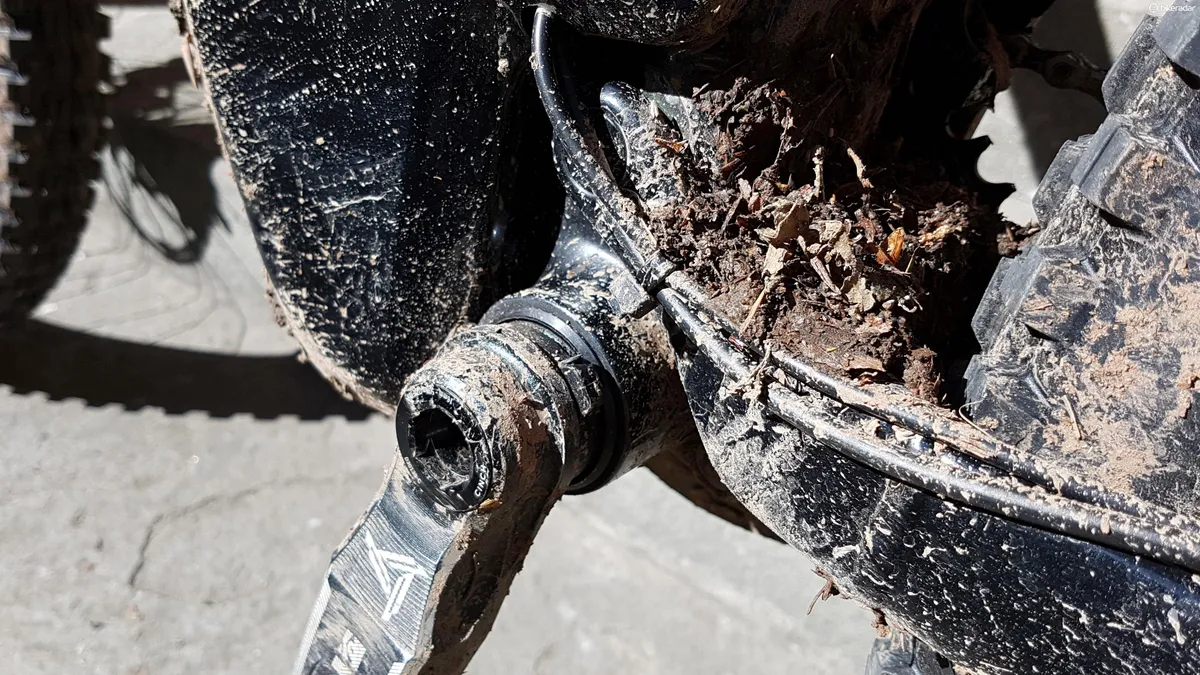
The battery is another strong point, with a 632Wh capacity — that's more than the 500Wh you get on most other systems. The base model Carbon 50 gets a 500Wh battery, though.
The battery is located in the down tube, with a charging port just above the motor. Rocky Mountain says an 80 percent charge can be gained in two hours, while the next 20 percent will take another two hours.

The ride
With the Altitude Powerplay being the same shape as the Altitude, it's no surprise that on the trail it works well as a package. The shape of the bike makes it feel more like a trail bike than pretty much any other e-bike out there — certainly from the few short rides I've had so far.
If you kept up with Seb's weight experiments you'll know that adding weight to a bike makes it feel calmer and improves the feel of the suspension thanks to the shift in the unsprung to sprung weight ratio. As such, if you ignore the assistance for a minute, the Altitude is confident, fun and engaging on the trail.
It's just about slack enough to be proficient on steeper and looser terrain, and with the weight nice and low, it corners well on the wide, grippy Maxxis Minion DHF WT tyres. At 2.5" wide, and with the Wide Trail build, they're some of my favourite tyres, and they mate well to the Altitude.
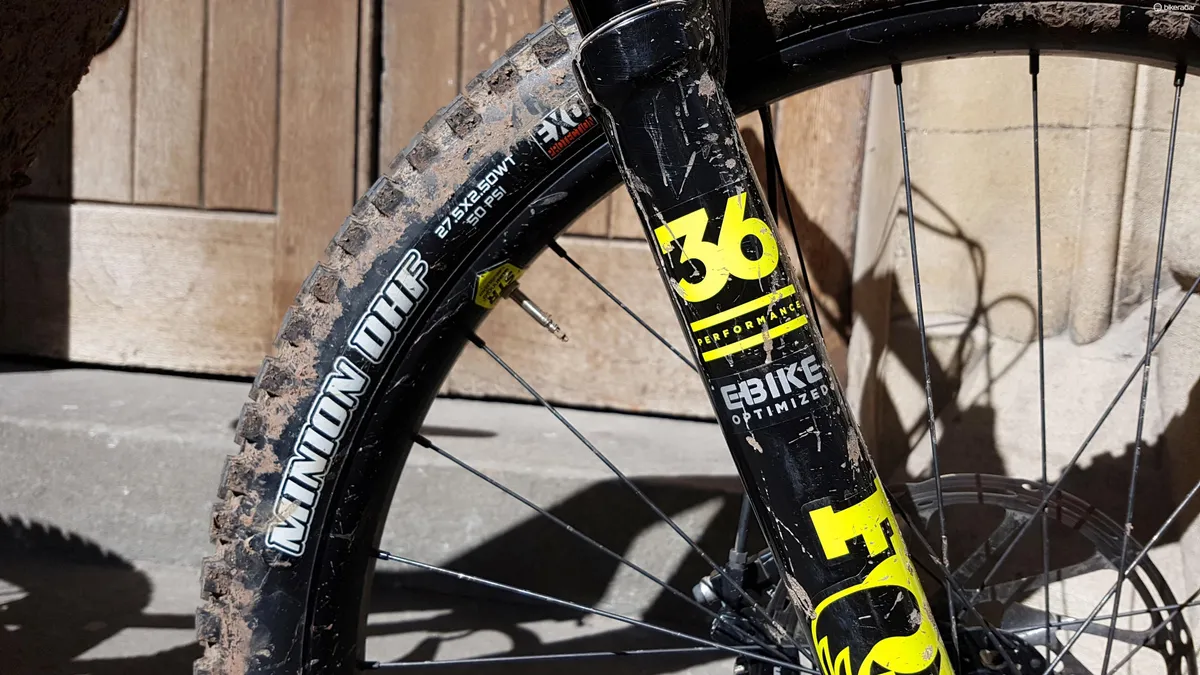
In general, the Performance level suspension isn't my favourite. However, with the extra mass of the sprung weight, it's more supple and controlled, losing some of the harshness it arguably has on a regular bike.
The motor's power delivery is relatively, if not incredibly smooth, but it is delivered exactly as and when you want it, with no tech-climb-stalling lag or unwanted surges. Within its power settings, the ability to modulate the power delivery should make technical climbing a cinch (something I'll be confirming as I ride the bike more in the coming weeks).
It's not all perfect though. With the power delivery being intrinsically linked to the effort you put in, you can feel the motor's power delivery pulsing along with the more powerful sectors of your pedal stroke on smooth surfaces, such as road transfers — i.e. it pulses along with your downward pedal stroke. While this link between leg and motor power has its benefits, it feels like there's no real software based smoothing of the power delivery.
Secondly, while the motor and battery are easily removed, the battery has to be charged while still in the bike. So for those without power in the garage/shed, it's a case of bringing the bike into the house to charge.
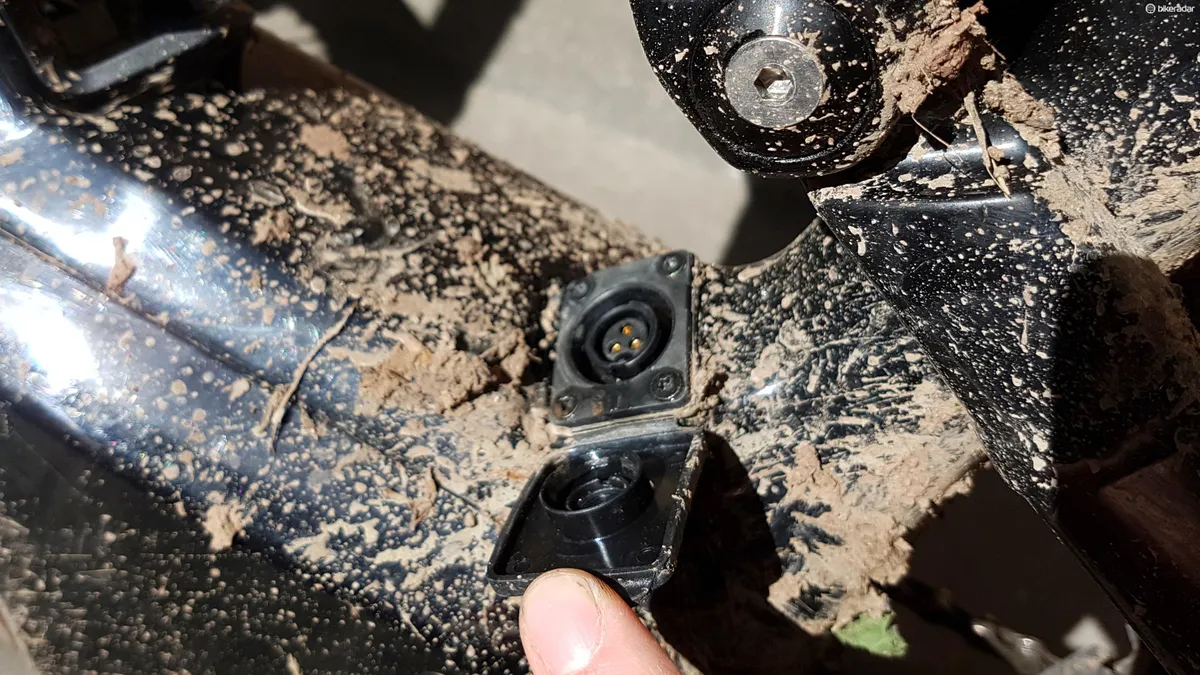
While the geometry is a step change in terms of other e-bikes, I'll admit that I'd still like to see it longer in reach.
While I've only had a short time on the bike so far, I've come away impressed. As you'd expect, get the basics right (geometry, power delivery) and you can easily create a bike that, on first impressions at least, could be set to be the best e-bike on the market. I'm looking forward to nailing down my experiences soon.
The bikes will be available later this summer, most likely August or September in Europe, and a little later in North America.
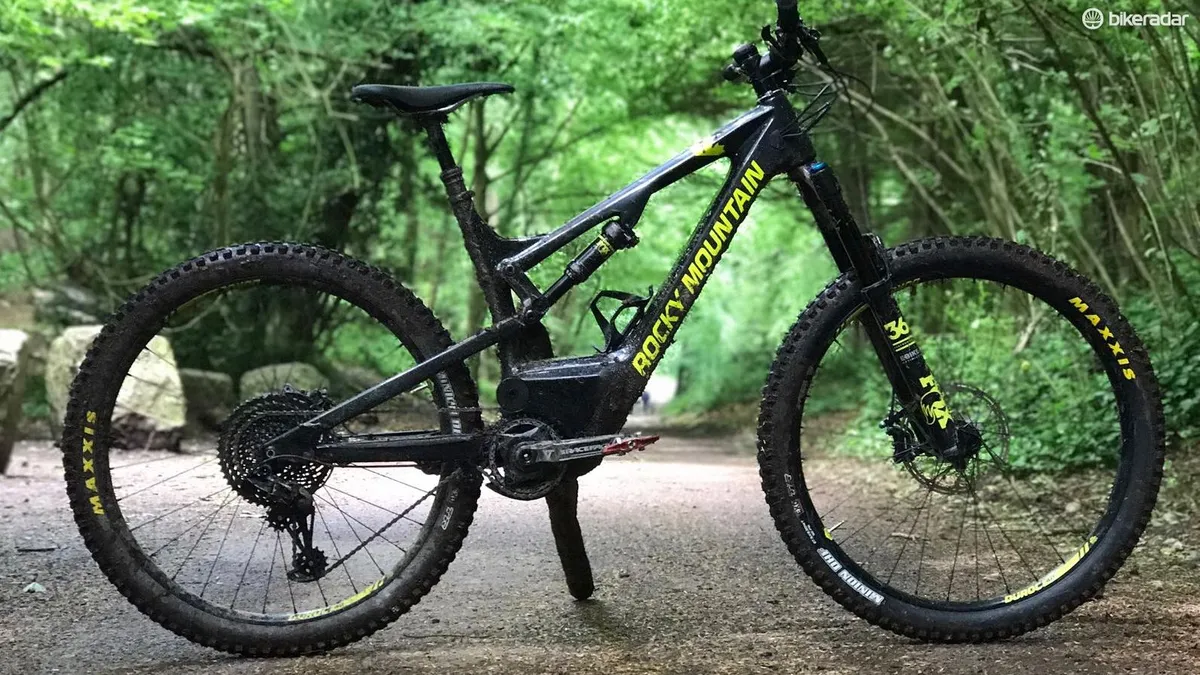
Three models will be available:
- The £8,500 Carbon 90 is dripping with high-end kit, including a Fox 36 FIT4 Factory Kashima fork and matching Float DPS EVOL Factory shock, carbon rims and carbon RaceFace Next cranks.
- The Carbon 70 I rode comes in at £6,500, with the Performance level suspension and alloy rims, a carbon front triangle and alloy rear stays.
- The Carbon 50 is £5,500, with a RockShox Yari fork and Deluxe RT shock.
We'll update with international pricing as we get it.

